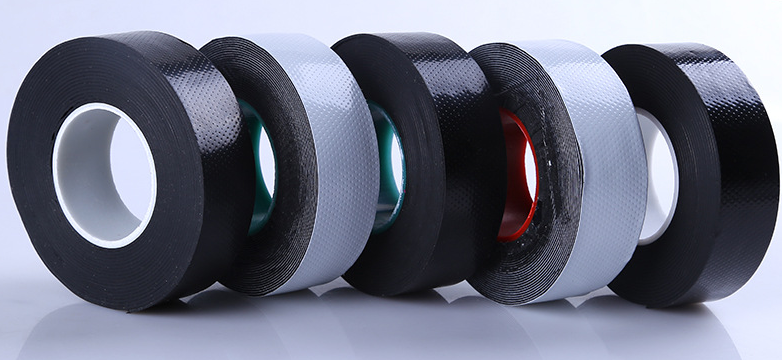The Versatility and Applications of EPDM Butyl Tape
EPDM (Ethylene Propylene Diene Monomer) butyl tape is a specialized sealing tape that has gained popularity in various industries due to its excellent waterproofing capabilities and strong adhesion properties. It is a type of elastomeric tape that combines the durability and flexibility of EPDM rubber with the superior sealing characteristics of butyl adhesive. This combination makes it an invaluable material for construction, automotive, HVAC, and numerous other applications.
Key Properties
One of the primary characteristics of EPDM butyl tape is its outstanding weather resistance. EPDM is known for its ability to withstand extreme temperatures, UV radiation, ozone exposure, and moisture. This makes the tape an ideal choice for both indoor and outdoor usage. Additionally, the butyl adhesive provides a strong bond, ensuring that once applied, the tape stays in place and creates a reliable seal that resists water intrusion.
Moreover, EPDM butyl tape remains flexible over a wide range of temperatures, which allows it to adapt to the expansion and contraction of materials due to thermal variations. This flexibility reduces the risk of cracking or pulling away from surfaces, further enhancing its sealing efficacy.
Applications in Construction
In the construction industry, EPDM butyl tape is widely used for roofing applications. It is often applied as a sealant for seams, penetrations, joints, and flashings, helping to prevent leaks in flat and sloped roofs. The tape's adhesive qualities make it easy to apply, providing a long-lasting seal that can withstand the rigors of harsh weather conditions.
epdm butyl tape

Additionally, EPDM butyl tape is often utilized in window and door installations. By sealing gaps and spaces between frames and walls, it helps to improve energy efficiency by reducing air leaks. This not only contributes to a more comfortable indoor environment but also offers significant energy savings over time.
Automotive and HVAC Uses
The automotive industry also benefits from EPDM butyl tape's properties. It is commonly used for sealing windshields, sunroofs, and other components to ensure that vehicles remain watertight and structurally sound. The tape's resistance to temperature fluctuations and high humidity helps maintain a snug fit even under challenging conditions.
In the HVAC sector, EPDM butyl tape is employed to seal ductwork. Proper sealing is paramount for efficient heating and cooling systems, as leaks can drastically reduce performance and increase energy costs. The tape provides a reliable seal that minimizes air loss, resulting in improved system efficiency and lower operating costs.
Conclusion
The diverse applications and properties of EPDM butyl tape make it an essential material across multiple industries. Its weather resistance, strong adhesion, and flexibility enable it to solve a wide range of sealing challenges. Whether used in construction, automotive, HVAC, or other sectors, EPDM butyl tape continues to be a trusted solution for achieving reliable, long-lasting seals. As industries evolve and the demand for efficient materials increases, the role of EPDM butyl tape is likely to expand, making it a staple in both existing and emerging applications. With its proven performance in diverse conditions, it is clear that EPDM butyl tape is a valuable asset in modern material applications.
-
XIANGFAN Rubber Tape-Ultimate Solutions for All Your Insulation NeedsNewsJun.24,2025
-
XIANGFAN Rubber Tape-Protection for Industrial and Residential ApplicationsNewsJun.24,2025
-
XIANGFAN Rubber Tape: Superior Safety and Sealing for Demanding EnvironmentsNewsJun.24,2025
-
XIANGFAN Rubber Tape: Reliable Solutions for Every Electrical ChallengeNewsJun.24,2025
-
XIANGFAN Electrical & Industrial Tape: Powering Reliability Across IndustriesNewsJun.24,2025
-
XIANGFAN Electrical & Industrial Tape: Excellence in Every ApplicationNewsJun.24,2025
